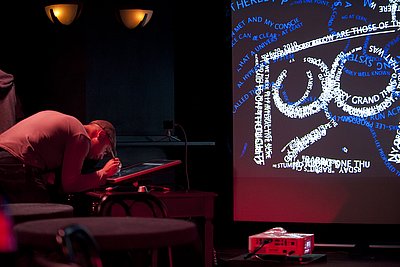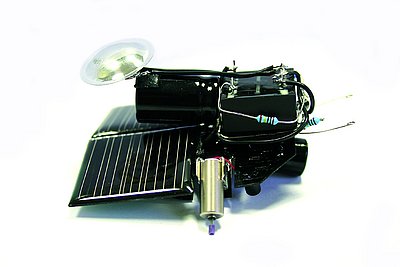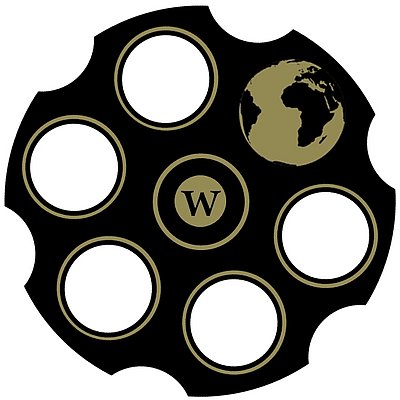Annual new media festival SPECULUM ARTIUM 2011
20. bis 23. April 2011
Studierende von Interface Cultures beteiligen sich mit ihren Arbeiten am Festival.
In May of 2009 public institution Labour Home Trbovlje (Delavski dom Trbovlje – DDT) hosted a new media festival Speculum Artium 09 (S.A.09) (integrated art of different realities). The realization and the wide response to the event in our local community and the public at large, showed the need of S.A. being permanently present and alive in Trbovlje; in Delavski dom Trbovlje and various locations in the town itself.
Based on S.A.09, cooperation between ALUO (Academy of Fine Arts and Design), FRI (Faculty for Information and Computer Science) and the organizers of Speculum Artium project improved even further in 2010, with art workshops (visits of ALUO students), which formed a system of networking between local artists and guests from Ljubljana. First results of such activities will already be shown at Speculum Artium 2011. Topics which the artists in S.A.2011 will engage are vitally connected to the relationship between art and science have many times shown and proved in their joined actions that they are compatible within the technological paradigm of 21st century. When preparing the concept for S.A. 2011 we started with the question when the technical thinking can weight over the artistic thinking. In reality that is a false dilemma, since the art of whatever kind is an integral part of general consciousness and state if society. Therefore it does not need to justify its existence.
Trbovlje has many times shown its avant-garde in the area of culture trough the staggering ways in its historic development. The downfall of social and production systems in the 20th century leads to an inevitable questioning about the future. New media culture is a historic opportunity to reestablish self-confidence and faith in the future in our area.
Modern art ended up in grip of partial knowledge and interests, uncompromising dictate of post capitalistic thinking and the capital. It slipped away from the hold of the poets, explorers. S.A. 2011 in its foundations builds upon previous festivals and their organization structure. S.A. 2011 festival will present production emerging from the very structure of new media art in the world:
- synthesis of artistic and scientific principles,
- socialization of new media production,
- establishing a dialog between traditional visual and new media practice,
- revitalization of the degraded social space trough new media practice,
- returning the management of system of production and presentation to the author’s – establishing critical reflection – subversive link between art, technology and society.
Strategy of networking with foreign new media practice therefore continues also with S.A.2011 festival. Constant activity and international cooperation will place the local community to the cultural map of the world, which will provide it with new momentum and reaffirm its position.
Science and art have many times shown and proved in their joined actions that they are compatible within the technological paradigm of 21st century. When preparing the concept for S.A. 2010 we started with the question when the technical thinking can weight over the artistic thinking. In reality that is a false dilemma, since the art of whatever kind is an integral part of general consciousness and state if society. Therefore it does not need to justify its existence.
Kuratoren: Herwig Steiner, MA (Vienna), Prof. Srečo Dragan (Ljubljana), Michaela Ortner, MA (Linz)
Künstler: Dan Scott, Michael Fisher, Juan Suanca, Lisa Hall, Aram Zarikian, Paolo Zappala, Jessica Pinney, Philip Cornett, Marc Bonet Folgosa, Christoph Schwarz, Julian Palacz, Emanuel Andel, Thomas Frierss, Nik Skušek, Jure Fingušt, Dorian Španzel, Reinhard Gupfinger, Travis Kirton, Maša Jazbec, Tiago Martins, V.A.T.
www.dd-trbovlje.si/2011/04/speculum-artium-2011
Synopsis / Travis Kirton
A print‑based / interactive installation, TypeIs is a canvas for creating new kinds of typographic works. Stories, texts and images fold together in ways that seek to break from traditional methodologies of moveable type. This installation presents typographic works created with original software developed by the artist which allows for drawing with non‑linear typesetting techniques. These works are accompanied by a performance‑based installation of the software that lets visitors create their own type‑drawings.
Singing Robot Cricket / Reinhard Gupfinger
The Singing Robot Cricket has its roots in Japanese cricket culture in which singing crickets were kept as pets as they were prized for their beautiful melodies. The Singing Robot Cricket is an autonomous robot that starts moving around and generates various sounds if the cricket encounters light. All of its functions are under the control of a circuit board on the back of the little robot. The Singing Robot Cricket pleases anyone nearby and offers an electronic alternative to a live singing cricket.
www.gupfinger.net
Weltschmerz / Tiago Martins, Maša Jazbec
„Images are the true reality today.“ Slavoj ŽižekWith the end of great stories, in times of general chaos, moral and ethic dilemmas, ever-new sensations readily present themselves to us through the screen. Yet apathy and powerlessness are the main paradigms of today's life as we witness a collapse of ethical values. The old conception of war as conflict between sovereign states gives way to myriad new conflicts: wars against hunger, terrorism, drugs, racism, sexual discrimination, animal cruelty. People seem to live in a permanent state of emergency and terror. We find ourselves turned into Agamben’s Homo Sacer, further described by Žižek as “creature legally dead while biologically still alive”, as dehumanization becomes the preferred means through which sovereign power is realized. We are left to deal with our Weltschmerz – the psychological pain caused by realizing that one's own weakness are caused by the inappropriateness and cruelty of the world and it's physical and social circumstances.*According to Slovenian philosopher Slavoj Žižek, Homo Sacer could be described as „a creature legally dead while biologically still alive“. Giorgio Agamben was the first to bringing this subject up in contemporary political philosophy.
Folder.pdf



